Chevrolet Volt Hatchback (2012-2015) running costs and reliability
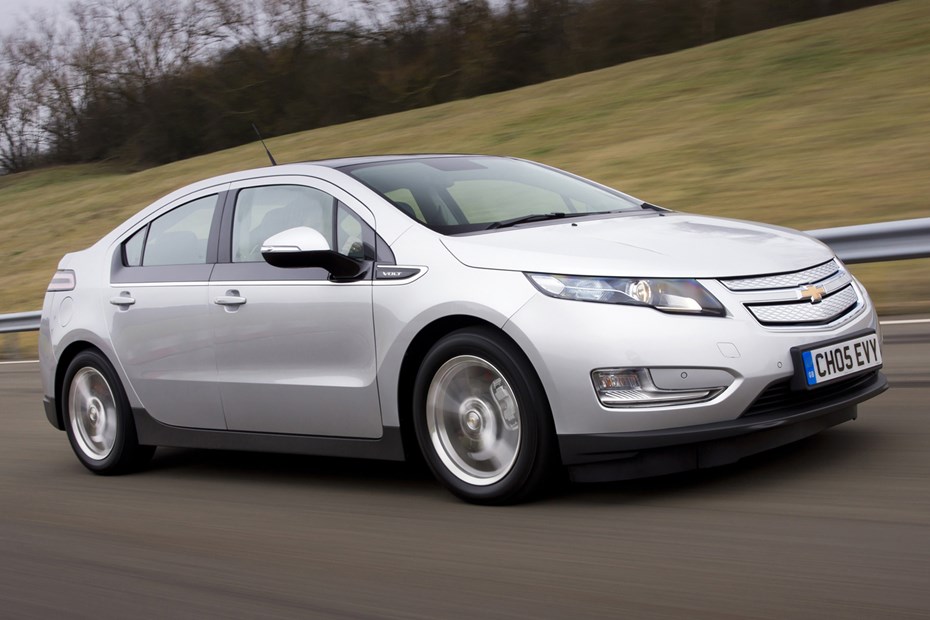
Miles per pound (mpp)
Thanks to its range-extender powertrain, running costs for the Volt should be low. Its petrol engine doesn’t have to work particularly hard and the electric motor requires practically no maintenance. Servicing intervals are variable, and dependant on usage. Don’t expect to be visiting the dealer that regularly, though. A Volt will also cost relatively little to charge from a plug socket, even with a totally flat battery.
Your fuel costs, on the other hand, may vary. Use the Volt for short trips, and keep it charged up from the mains, and you’ll use little fuel. Do this, and you might just achieve the stratospheric claimed 235mpg. Even Chevrolet, however, admits that’s relatively unrealistic. On longer journeys, which utilise the both the range-extending petrol engine and electric motor, expect the Volt to return around 70mpg.
Drive it hard, on a flat battery, and the Volt will probably return somewhere in the region of 45mpg. That’s because the petrol engine will have to work hard to keep up with demand.
The Volt’s emissions are rated at 27g/km of CO2. While not quite as low as zero-emitting all-electric cars, the range-extending Chevrolet is still ideal for those looking for something that’s environmentally friendly to run. These emissions will, however, be higher if you’re using the range extending features more frequently. Fuel consumption, particularly if you’re using the Volt for daily trips under 50 miles, is exceptional.
Conventional petrol or diesel cars can’t even come close, even if the Volt is using its petrol engine occasionally.
Chevrolet’s Volt should prove reliable, despite the relatively new technology involved. All models are guaranteed for three years/60,000 miles, while the electric powertrain and battery is covered for a whopping eight years/100,000 miles. That should quell any concerns potential buyers have about longevity.
Ongoing running costs
| Road tax | £0 |
|---|---|
| Insurance group | 22 |
Get an insurance quote with

|
|



_10.jpg)
_8.jpg)
_3.jpg)
_9.jpg)
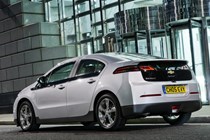
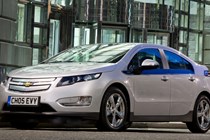
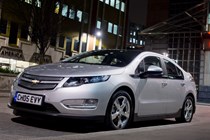
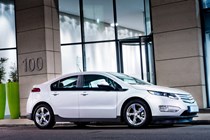
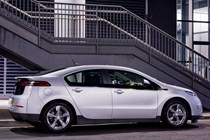
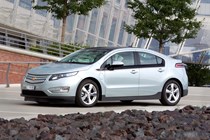
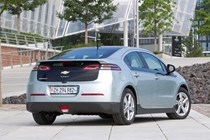
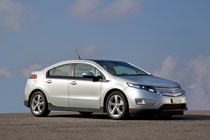
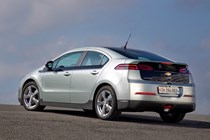
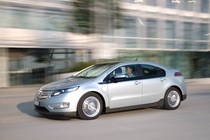
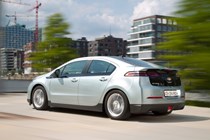
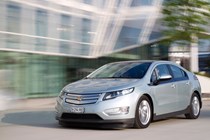
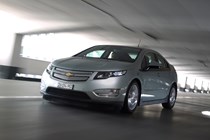
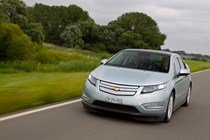
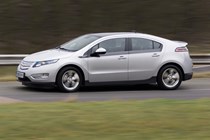
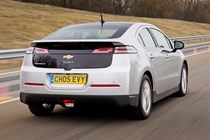
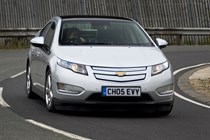
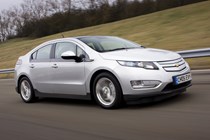
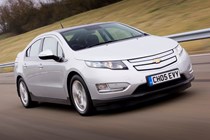
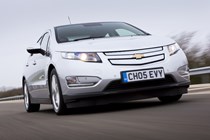
_4.jpg)
_5.jpg)

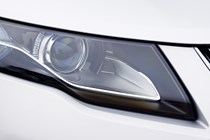
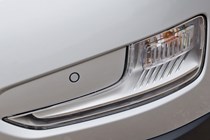

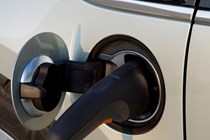
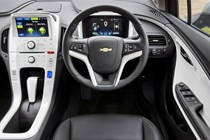
_1.jpg)
_6.jpg)
_7.jpg)
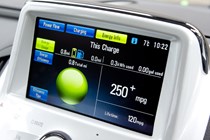

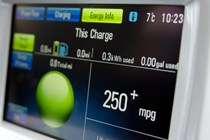



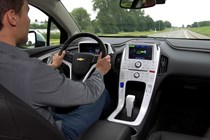







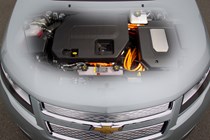
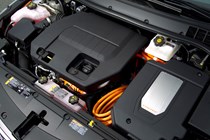

_10.jpg?quality=50)
_8.jpg?quality=50)
_3.jpg?quality=50)
_9.jpg?quality=50)




















_4.jpg?quality=50)
_5.jpg?quality=50)






_1.jpg?quality=50)
_6.jpg?quality=50)
_7.jpg?quality=50)















